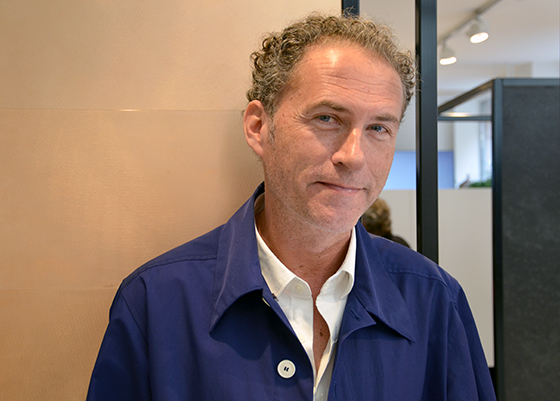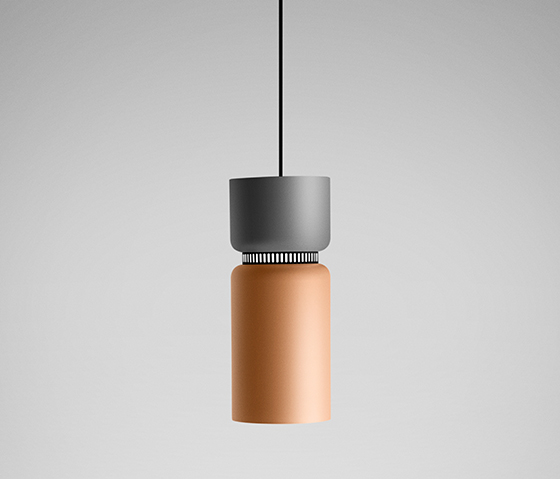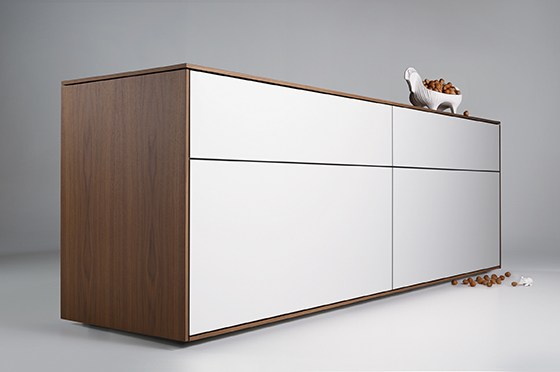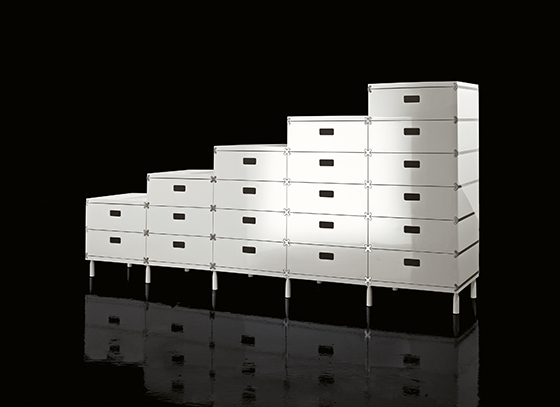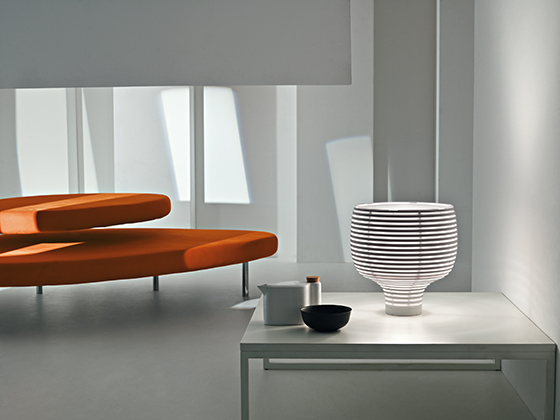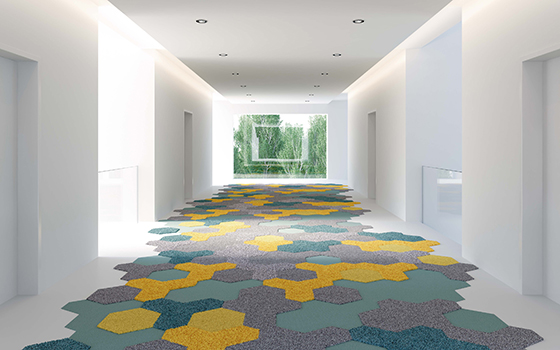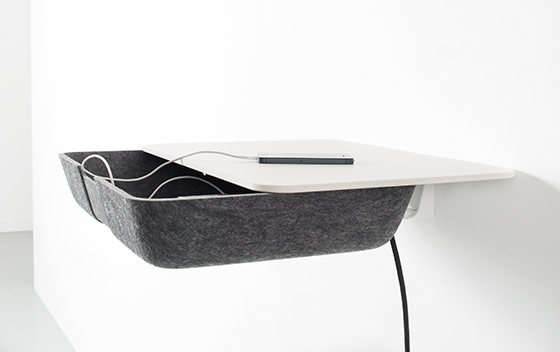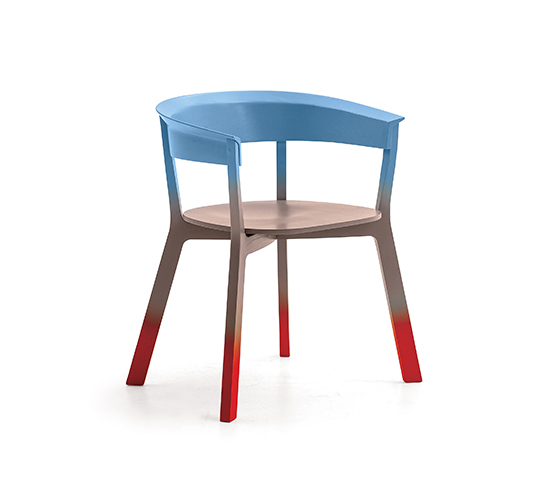Material Tendencies: Werner Aisslinger
Text by Anita Hackethal
Berlin, Germany
22.08.16
The experimental use of new materials distinguishes the work of Werner Aisslinger, a designer who likes to dive into different territories and who transforms his discoveries into a new context within the field of design.
Werner Aisslinger. Photo © Architonic / Anita Hackethal
Architonic spoke to the German designer about his broad spectrum of interests and got his thoughts on the future of design.
Which material would you choose if you had to restrict yourself to working with just one for the next three years?
Plastics and carbon aren’t of great interest to me at the moment. I prefer natural materials – things that lead back into the natural cycle, but not necessarily recycled materials. As a designer, you don’t want to create anything that you can’t justify in terms of energy consumption, that doesn’t decompose, or that requires a high energy input. I think that, for example, clay is underestimated and hasn’t been used often enough in the history of design.
Could you say a few words about your spout creation for the Axor WaterDream project 2016. What material have you used?
Since Roman times, water was stored in clay amphoras, so it is a material that is super connected to water. The message of this spout design – a clay basin with a small shelf – is back to nature and natural materials. It is the first time that clay was used to create a spout.
The Sea and the Shore (concept) for Axor WaterDream 2016
Can you identify a certain trend in materials?
Designers are always concerned with not swimming behind the wave. You are like a scanner or a seismograph that observes society and the environment, and draws conclusions. At the end of the day, you have to develop your own sensors that give you a feel for what could come next.
Of course, it isn’t easy to predict what the trend will be five years down the road. For me, it’s important not to simply make “beautiful” or “nice” things, but to develop things that have a civilising influence – things that move humanity forward in some way, even if they’re just small products. I find it exciting to poke around in other fields – like the auto industry or textiles – and then create something new out of what I discover there. About 10 to 15 years ago, I introduced a material into the furniture design that was originally developed for medical technology.
Have new technologies and manufacturing processes influenced your way of working as a designer?
Natural materials usually first bring the skilled crafts and small-scale series to mind. But most materials also offer the option of larger-scale production. As a designer, you aren’t always free – you’re often limited in your choice of materials because the end product is intended for series production.
Yet I think mass production is more difficult today than it was 20 years ago, and that it’s moving more and more towards customisation. The whole setup has changed and the industry is going to have to adapt. I think manufacturers today have to offer options that give the consumer a say in the creative process. Configurations on the net are playing an ever greater role. The designer is becoming more of an inventor of construction kits, and the end customer the one who makes the choice.
